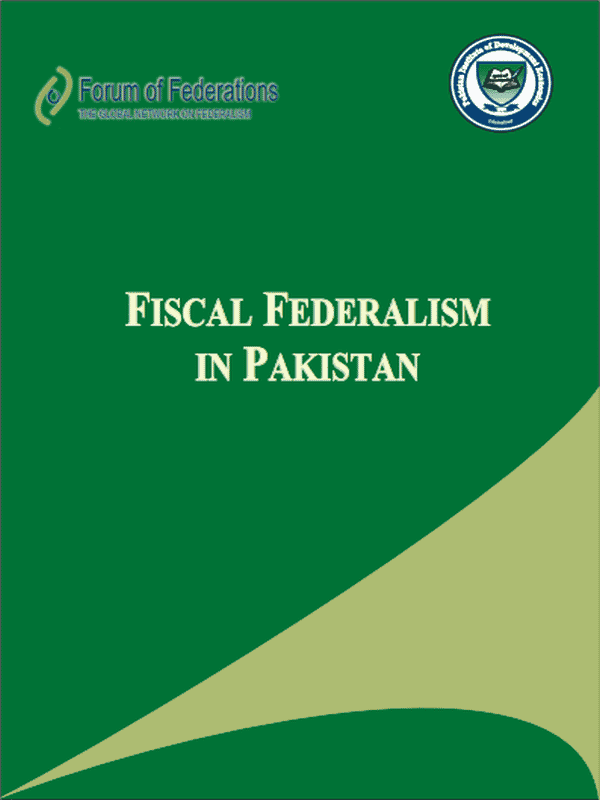Fiscal Federalism In Pakistan
Federal Structure Of Pakistan Pakistan Is A Federal Country With Two Constitutional Tiers Of The Government—The Federal Government And The Provincial Governments. Moreover There Are Some Federally Administered Tribal Areas (Fata) And The State Of Azad Kashmir. The Country Has A Bicameral Legislature Comprising The National Assembly (Lower House) And The Senate (Upper House). The Members Of The National Assembly Are Directly Elected, Every Five Years, By The Population Aged 18 Years And Above. The Senate Has Equal Representation Of Members From Each Constituent Unit (I.E. The Province). The Senate Thus Offers An Institutional Arrangement For The Role Of The Provinces In The Central Decision Making. The Council Of Common Interests, With Equal Representation From The Federal Government And The Provinces, Decides Over The Legislation Of Such Functions That Require Collective Action Of The Federal Government And The Provinces. The Functions Over Which The Council Of Common Interest Enjoys Jurisdiction Are Contained In Federal Legislative List Ii. The Ministry Of Inter Provincial Coordination, Coordinates Between The Federation And The Provinces.




